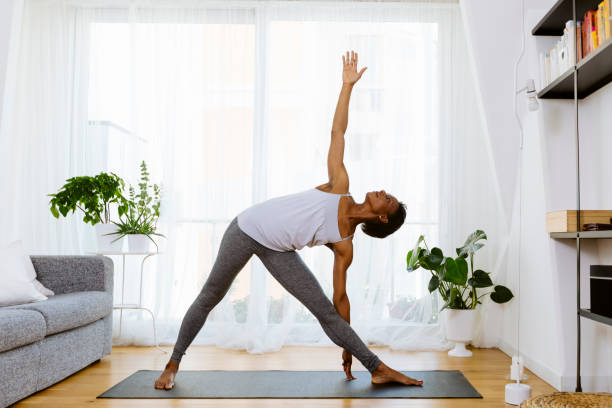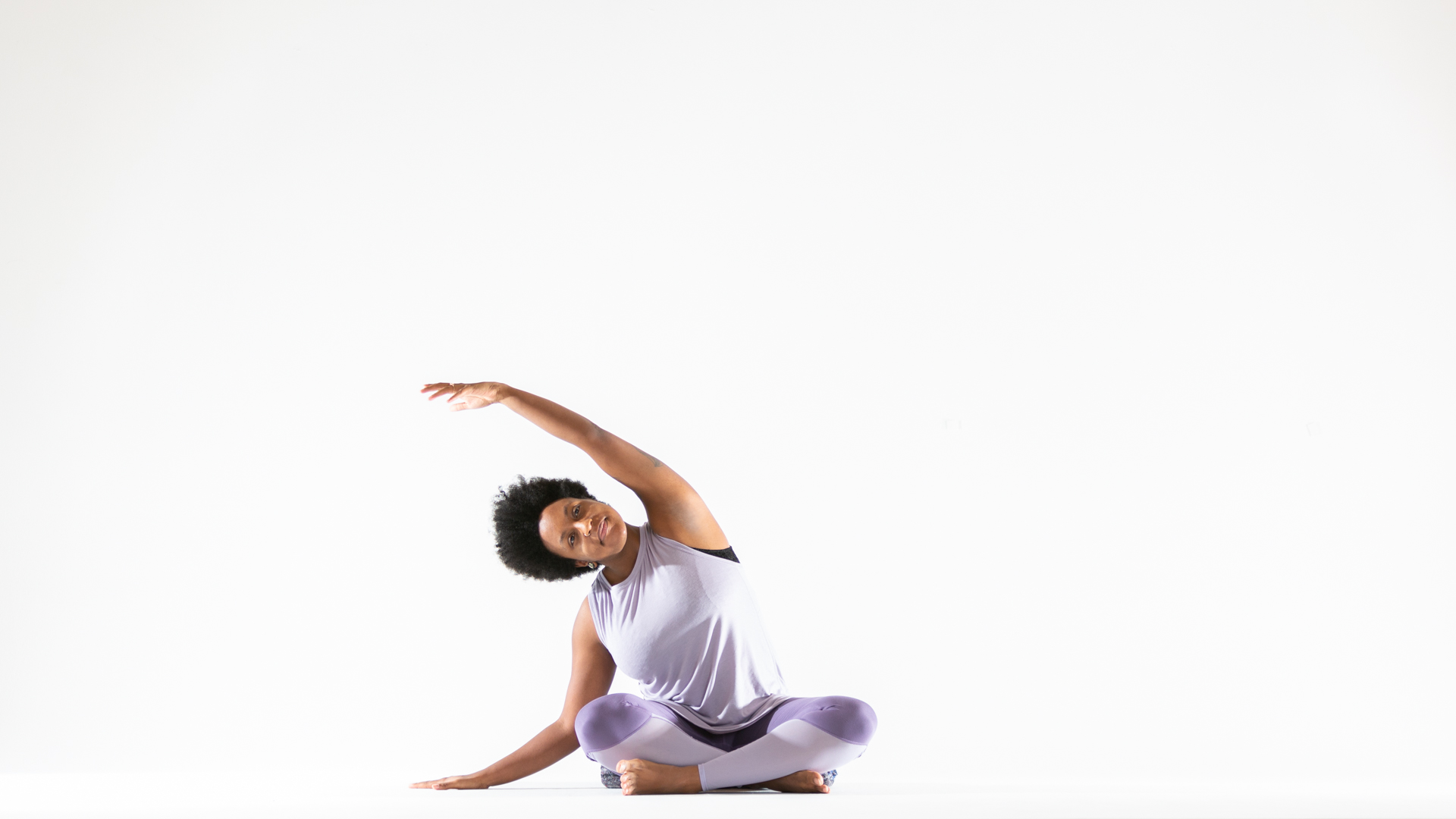
Yoga is a traditional practice that individuals have utilized to unite the mind and body for good health for thousands of years. For many individuals, it also includes a spiritual component.
To stimulate better mind-body awareness, the practice combines:
- Gentle movement (asanas)
- Breathing techniques (pranayama)
- Meditation (dyana)
It stimulates your parasympathetic nervous system, known as the rest-and-digest system.
RELATED: Is Yoga Or Pilates Better For You?
How Yoga May Aid Digestion
The word “digestion” generally refers to the breakdown of food to nourish your body with nutrients and remove waste products.
Nonetheless, many individuals also use the term to refer to any symptoms that emerge from digestion, such as gas, bloating, discomfort, and stool type and frequency.
General Gut Health
Individuals think yoga assists in digestive health by relieving stress, improving circulation, and encouraging physical movement, or motility, of the gastrointestinal (GI) tract.
Irritable Bowel Syndrome
In particular, those with irritable bowel syndrome (IBS) may find comfort in yoga. Scientists believe IBS results from overactivity of the sympathetic nervous system, your body’s stress system.
The condition has various symptoms, such as gas, bloating, diarrhea, and constipation.
5 Poses to Try

Seated Side Bend (Parsva Sukhasana)
How to do it:








